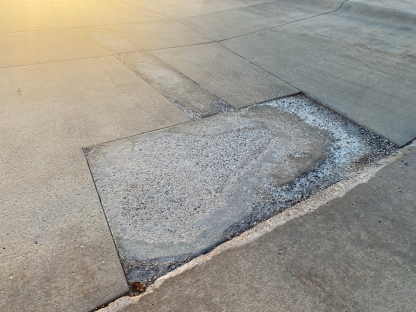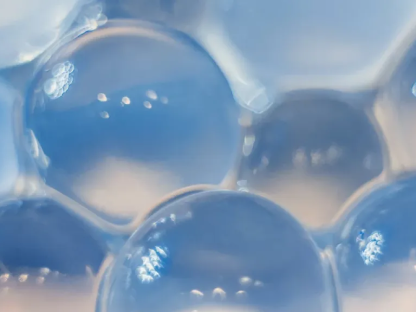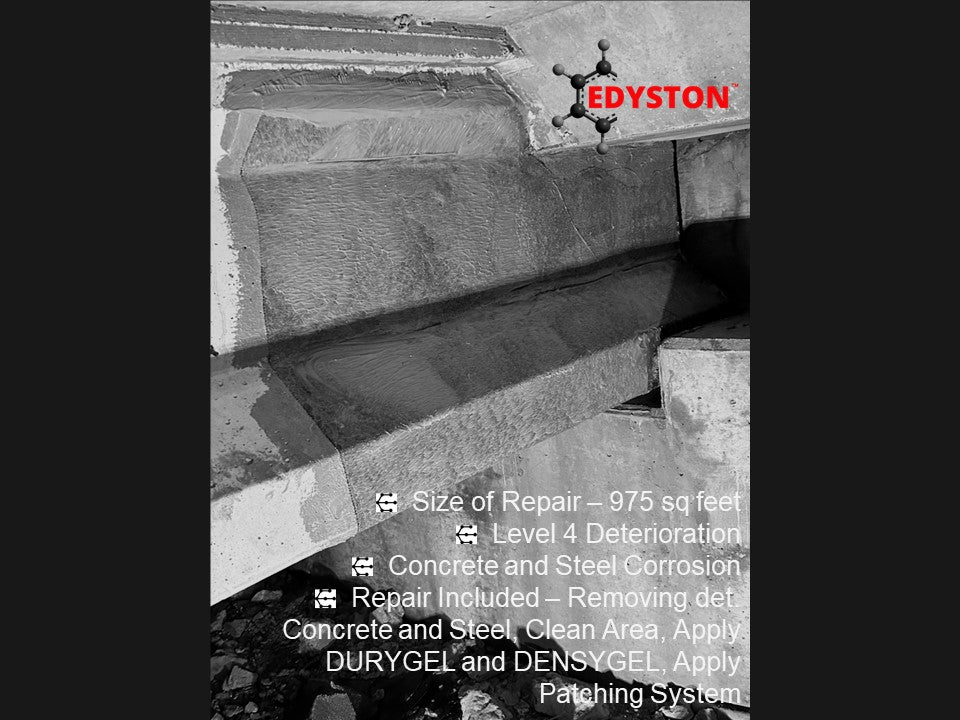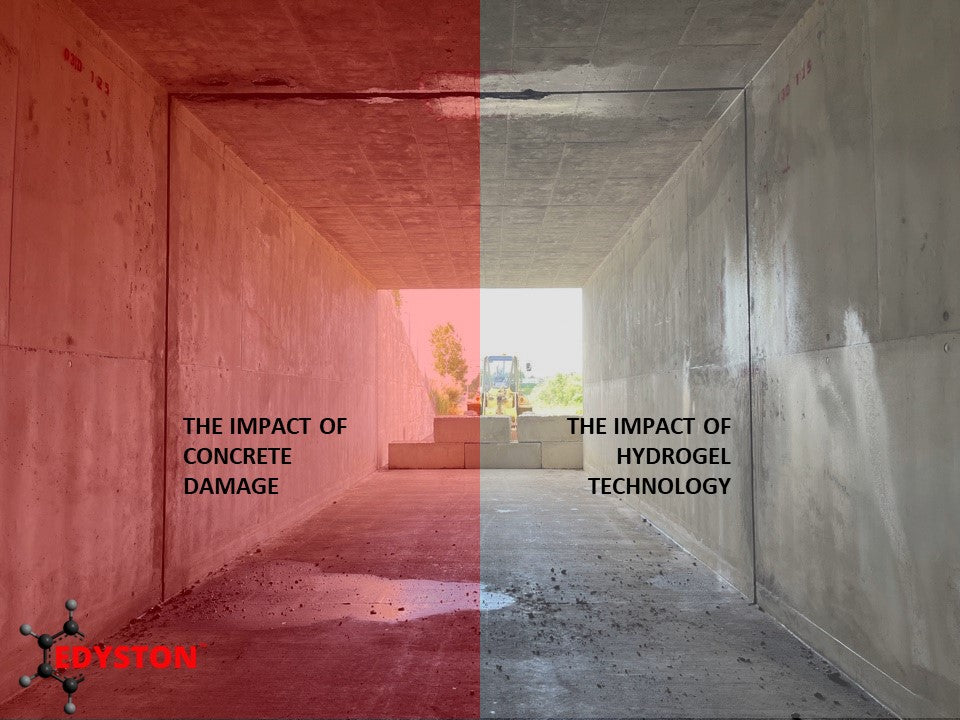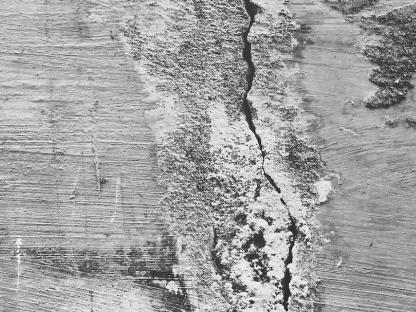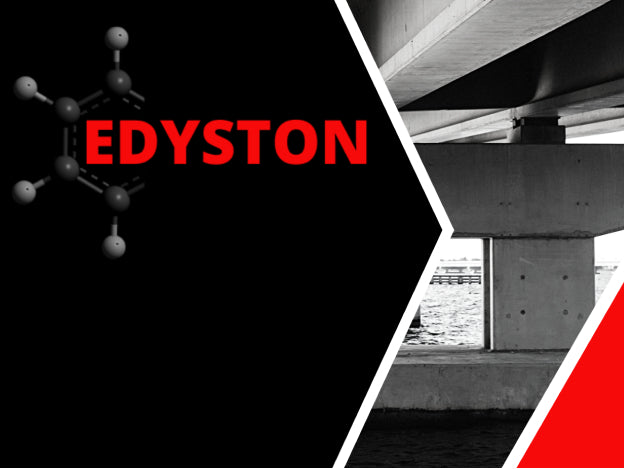Education
Rejuvenating Deteriorated Concrete
How do hydrogels have a positive impact contaminant migration through the concrete?
Permeability plays a critical role in influencing the service-life of a concrete structure. It controls the rate of flow of water and contaminants into-, out of-, and through-the concrete; which in turn is related to most forms of concrete deterioration such as carbonation, chloride attack, corrosion of rebar, freeze/thaw, and other forms of chemical and physical attack. These deterioration forms all require moisture migration. Therefore, permeability and moisture movement should be a factor of interest to architects, engineers, and contractors a-like.

A hydrogel is any gel in which the liquid component is water; or more specifically a microstructure that is hydrophilic. Hydrogels are a network of polymer chains that attract water (hydrophilic), and they come in different forms.
During the early curing phases, the hydrogels release a portion of water for the hydration process to help bridge concrete cracks and stabilize concrete corrosion mechanisms, which in a standard concrete contributes to later age cracking and premature failure.
Hydrogels can be an addition of a micro- and nano-based technologies that lead to hydrogel development in the concrete composite. The permeation of the hydrogel into the concrete composite is based on a series of mechanical and chemical processes.

- From time zero when the hydrogel-technologies is sprayed onto the damaged concrete, the technology combines with the pore water solution in the concrete cracks and pores.
- The pore water solution contains soluble alkalis and chlorides that initiate the rejuvenation process.
- After time zero of spraying the hydrogel-technology on the concrete, the technology immobilizes and consumes the soluble alkalis to create a branching gel that bridges and fortifies concrete cracks and pores at the surface and into the body on the concrete where deterioration occurs.
- Over time, these branched chains go through polymerization process and mature into a toughened building block of concrete strength.
- This mature gel hardens to the point that it has a strength greater than or equal to the parent concrete binding material.

